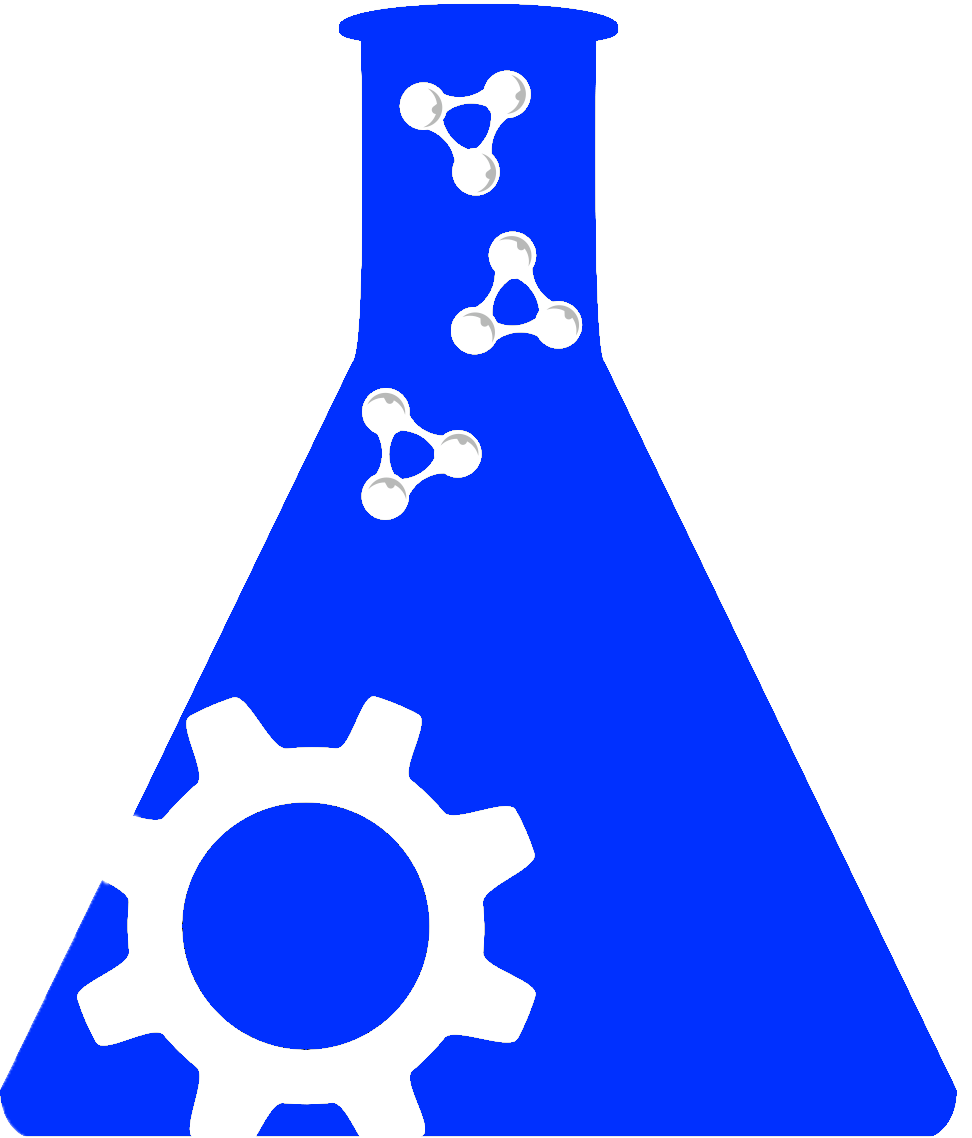X
X
Leaving Community
Are you sure you want to leave this community? Leaving the community will revoke any permissions you have been granted in this community.
No
Yes
X
Total 3 Results
| Identifiers |
Sentence |
Structure 1 | Structure 2 | Relation Type | Reference URL | |||||
|---|---|---|---|---|---|---|---|---|---|---|
|
View |
PMCID: PMC3487049
Sentence ID: 1683 Relation ID: 1690 |
In contrast, animals will work equally hard to avoid stimulating other subcortical pathways that extend from the periaqueductal gray of the midbrain up through the stria terminalis and the medial hypothalamus to the lateral amygdala, and possibly the anterior insula (Panksepp, 1998). | periaqueductal gray | stria terminalis | anatomical-connectivity | https://www.ncbi.nlm.nih.gov/pmc/articles/PMC3487049 | 1 | joe_annotated_pmc_oai | ||
|
View |
PMCID: PMC3487049
Sentence ID: 1683 Relation ID: 1691 |
In contrast, animals will work equally hard to avoid stimulating other subcortical pathways that extend from the periaqueductal gray of the midbrain up through the stria terminalis and the medial hypothalamus to the lateral amygdala, and possibly the anterior insula (Panksepp, 1998). | periaqueductal gray | midbrain | anatomical-connectivity | https://www.ncbi.nlm.nih.gov/pmc/articles/PMC3487049 | 1 | joe_annotated_pmc_oai | ||
|
View |
PMCID: PMC3459696
Sentence ID: 2894 Relation ID: 2899 |
In fact, midbrain infarcts may result after occlusion of the artery of Percheron and they usually affect the periaqueductal gray matter where the third cranial nerve nuclei are located. | periaqueductal gray | third cranial nerve | topological-connectivity | https://www.ncbi.nlm.nih.gov/pmc/articles/PMC3459696 | 1 | joe_annotated_pmc_oai |

